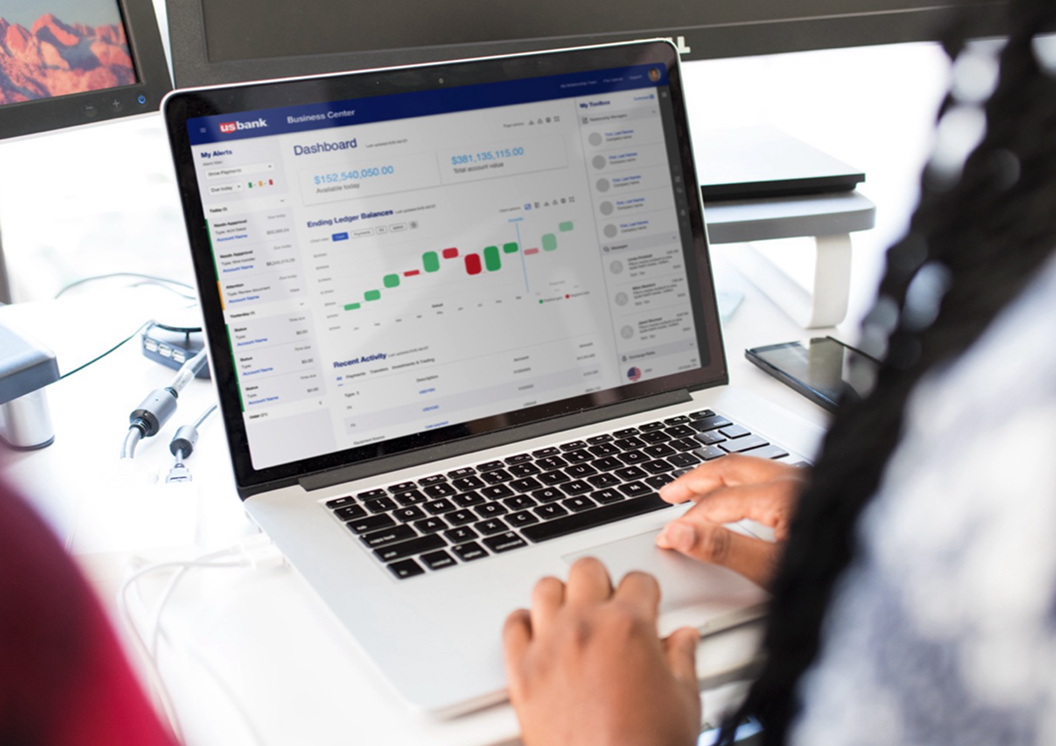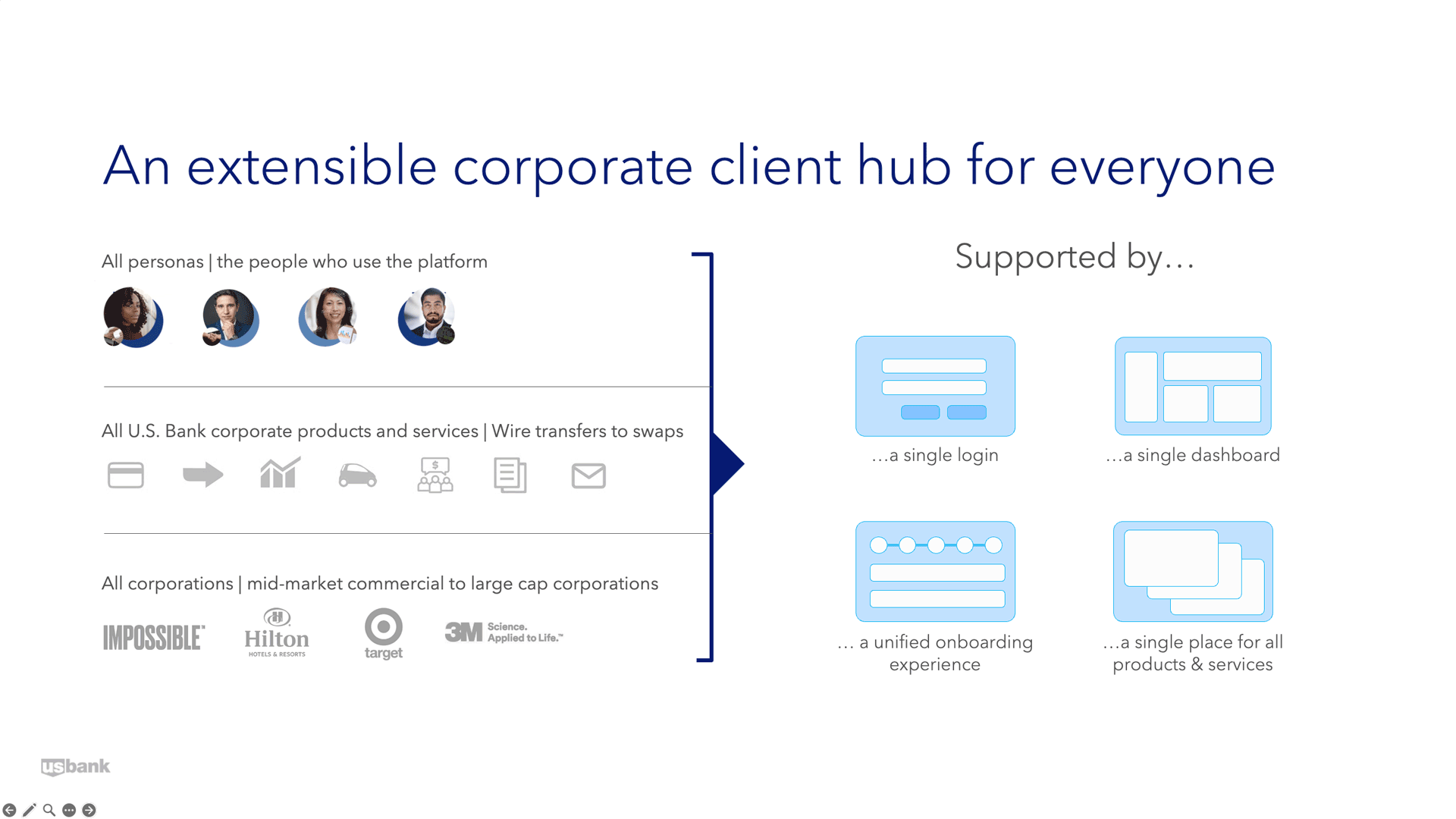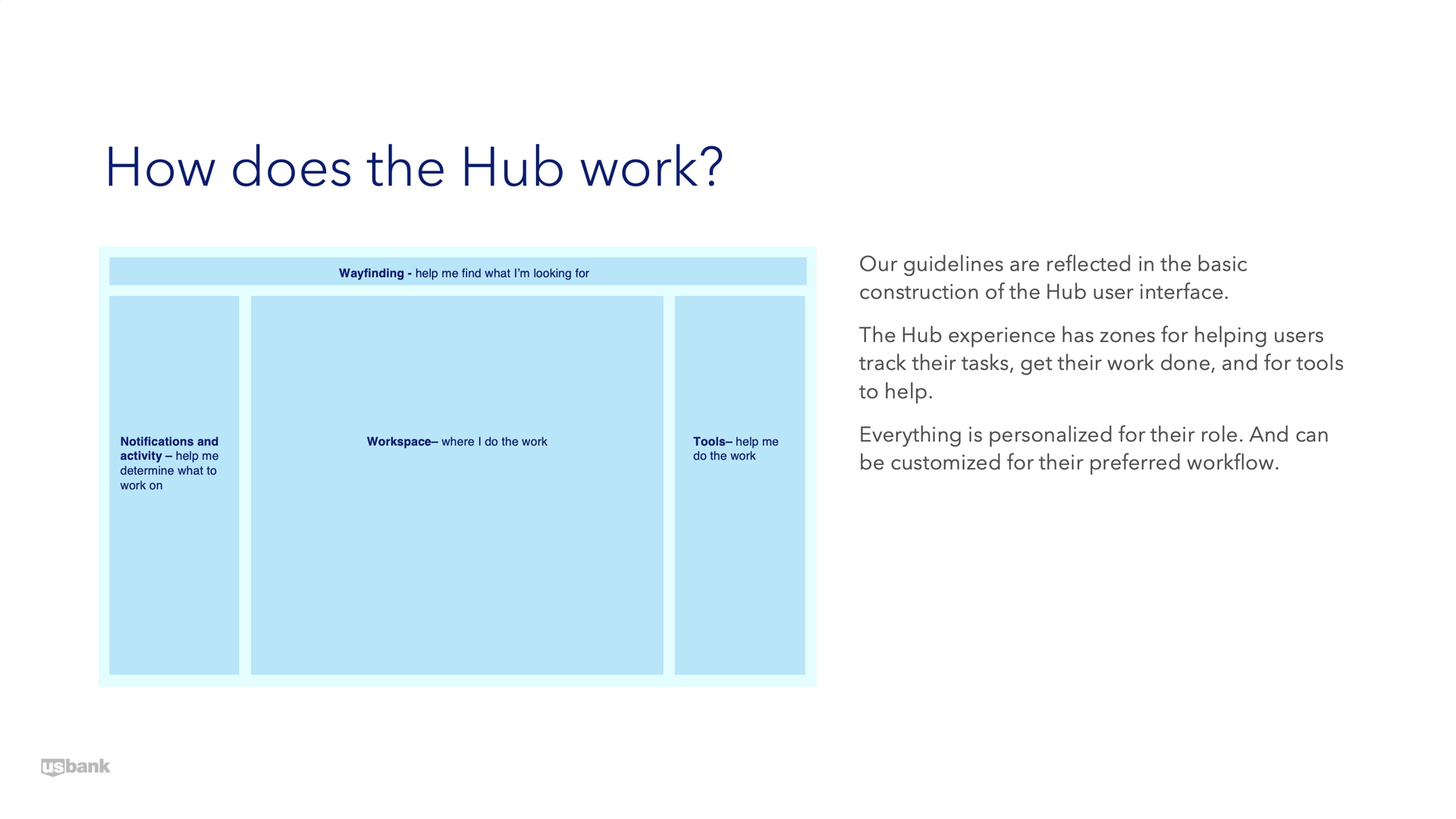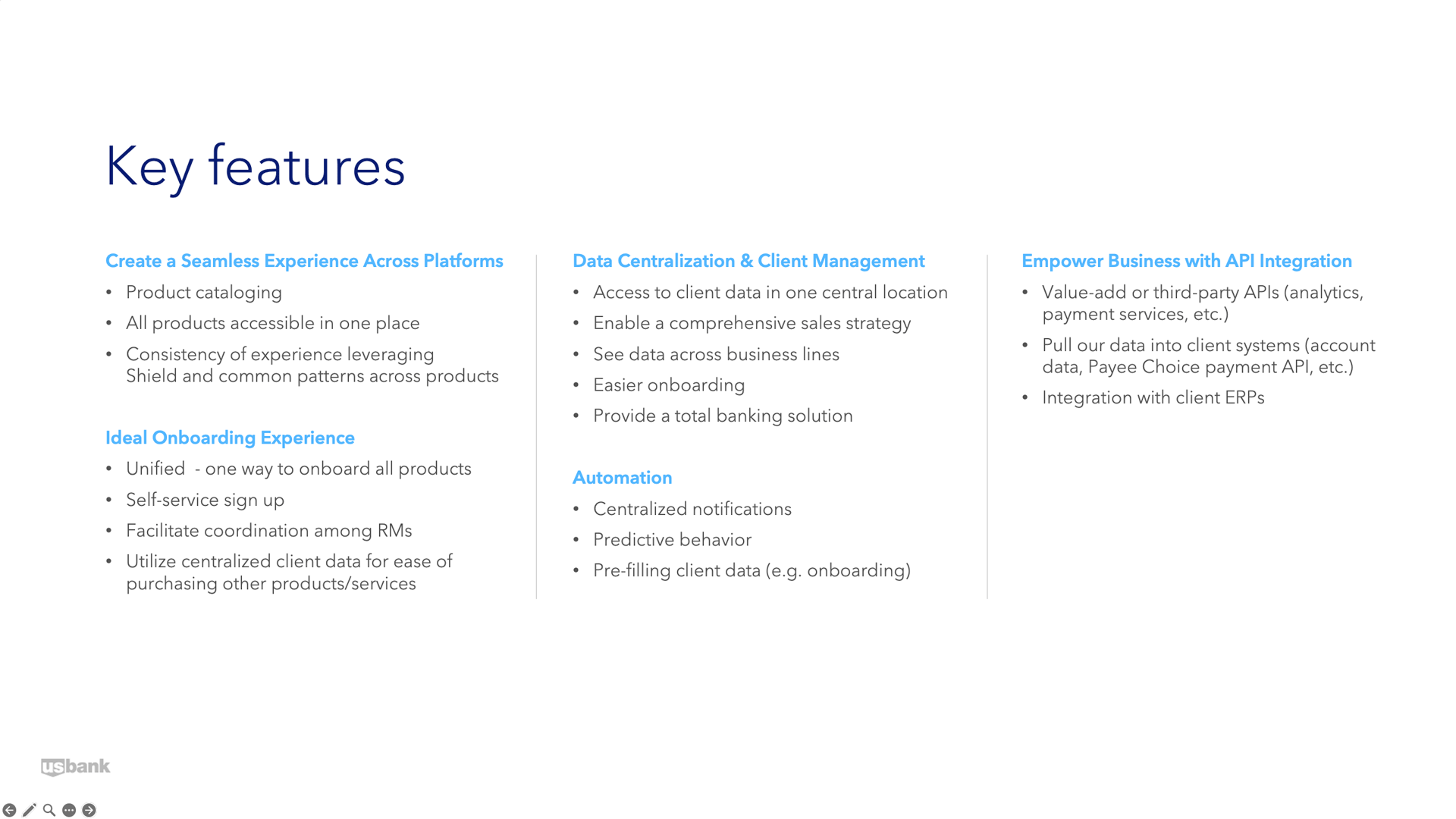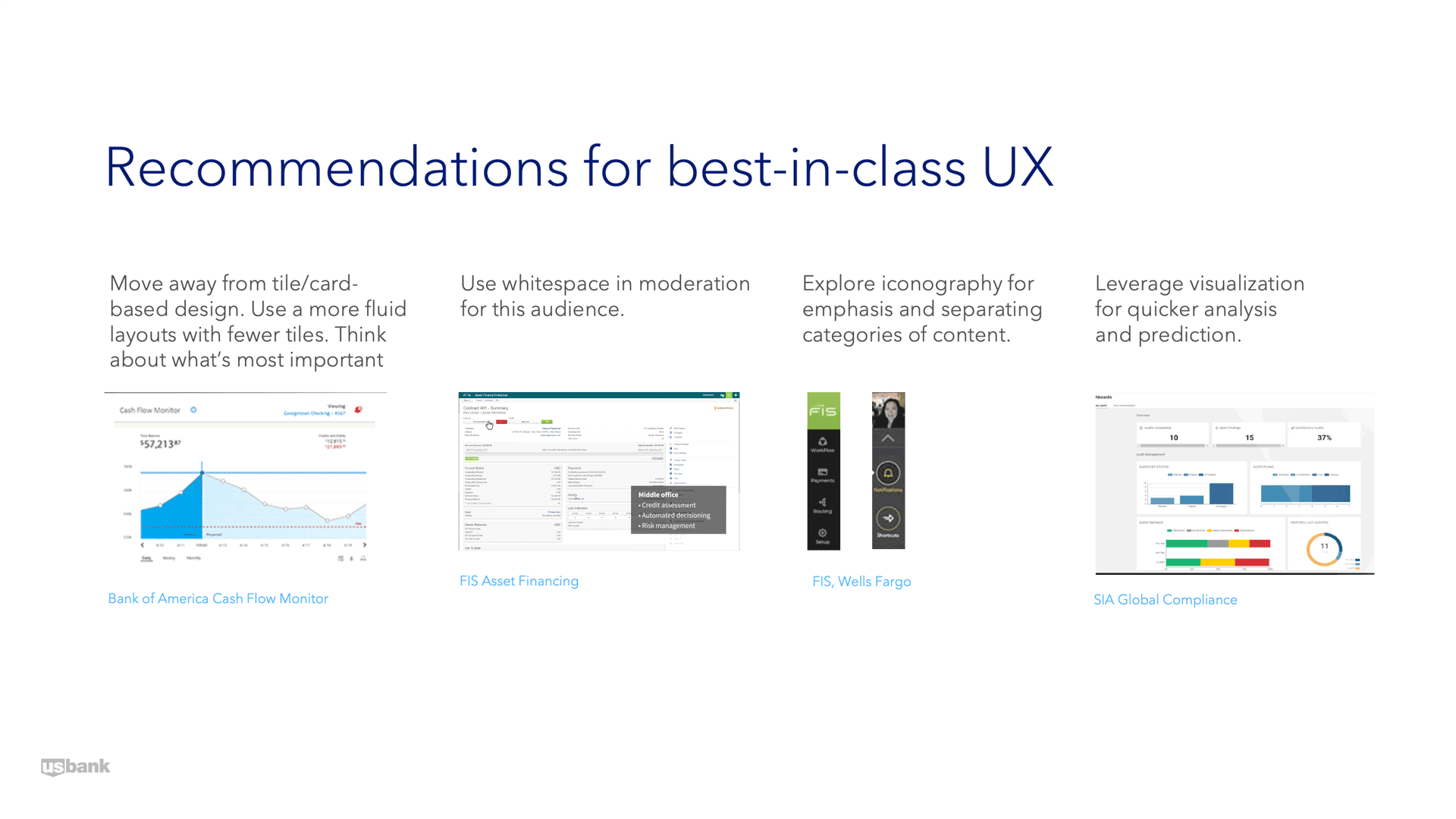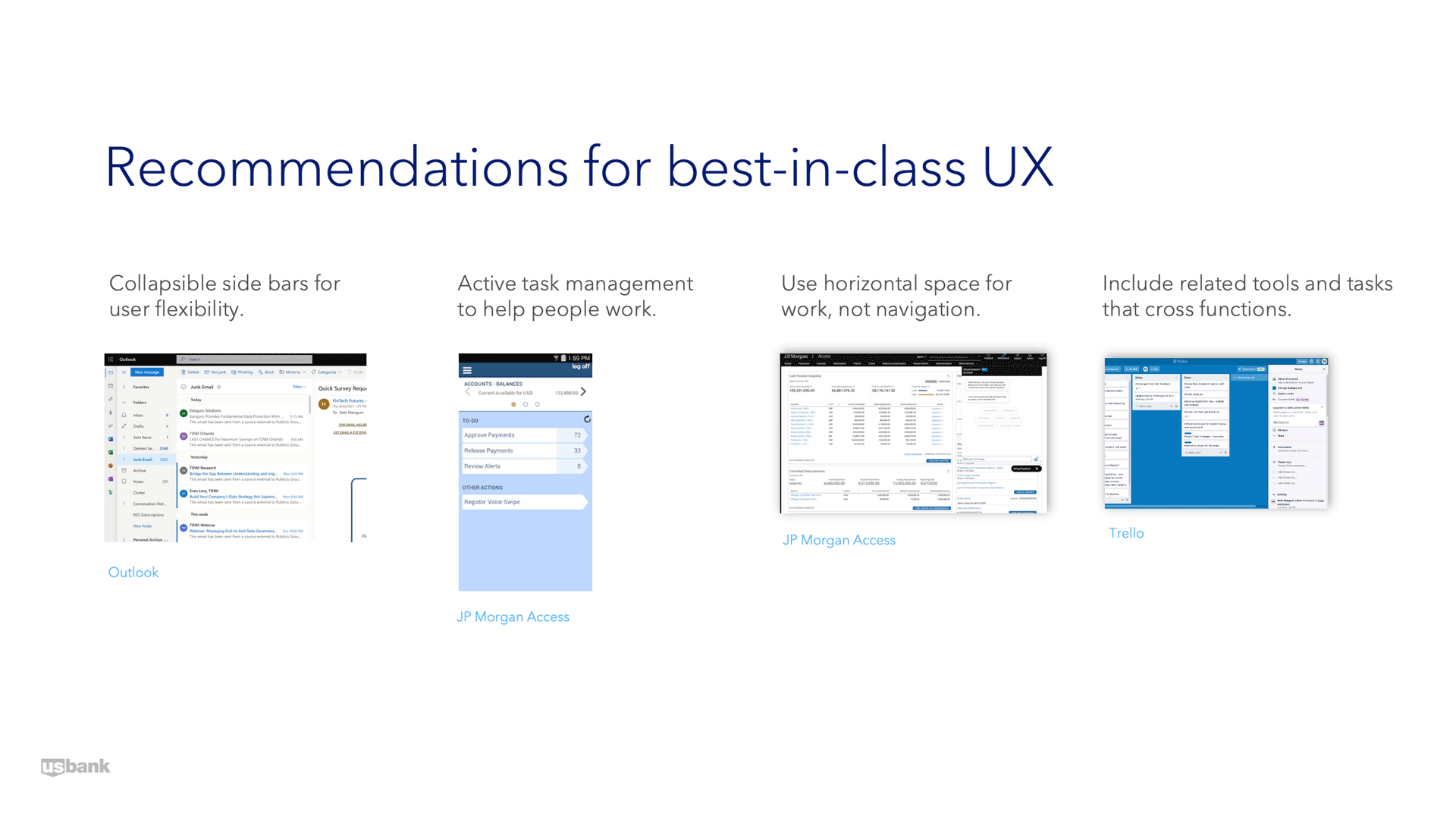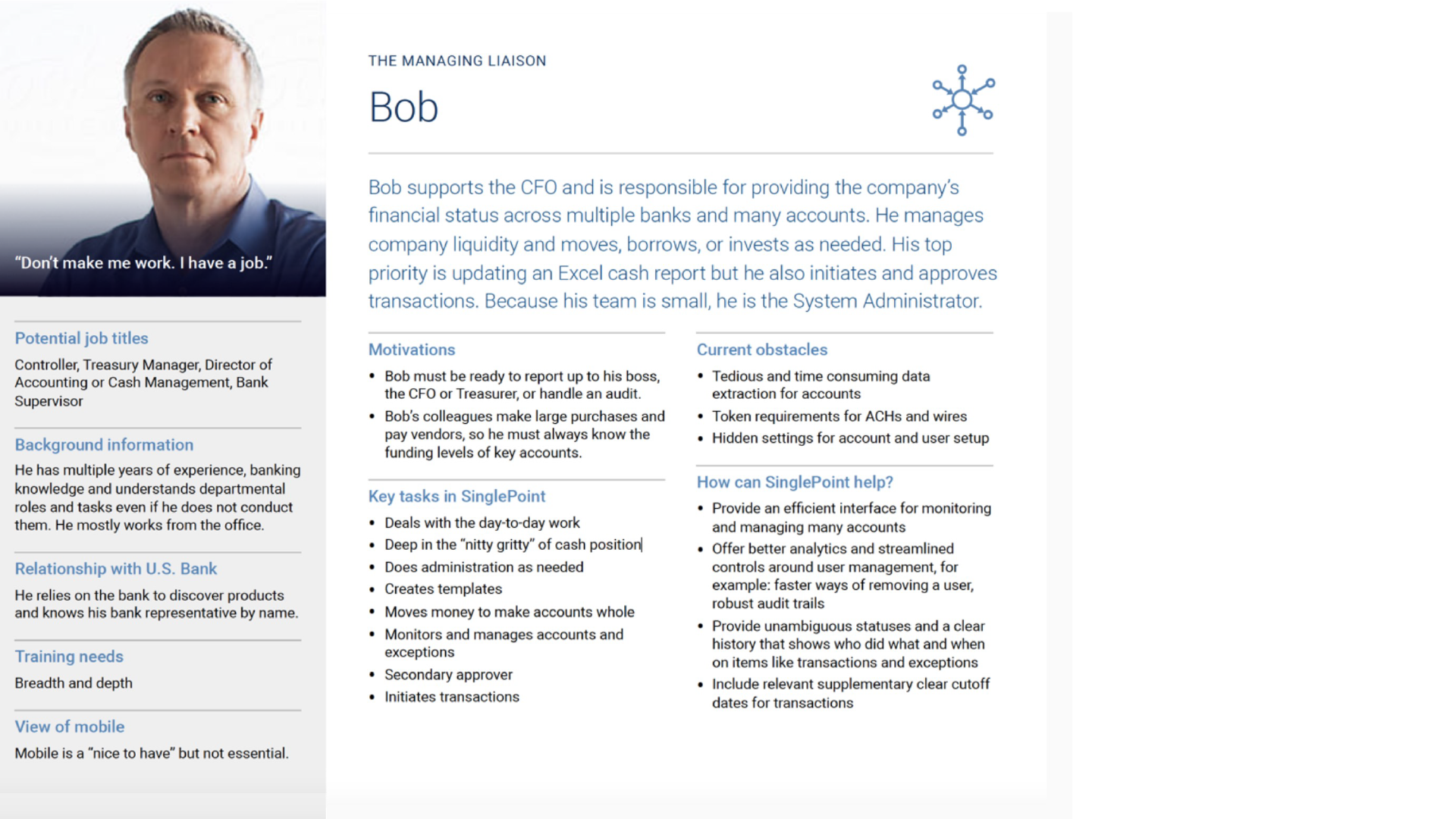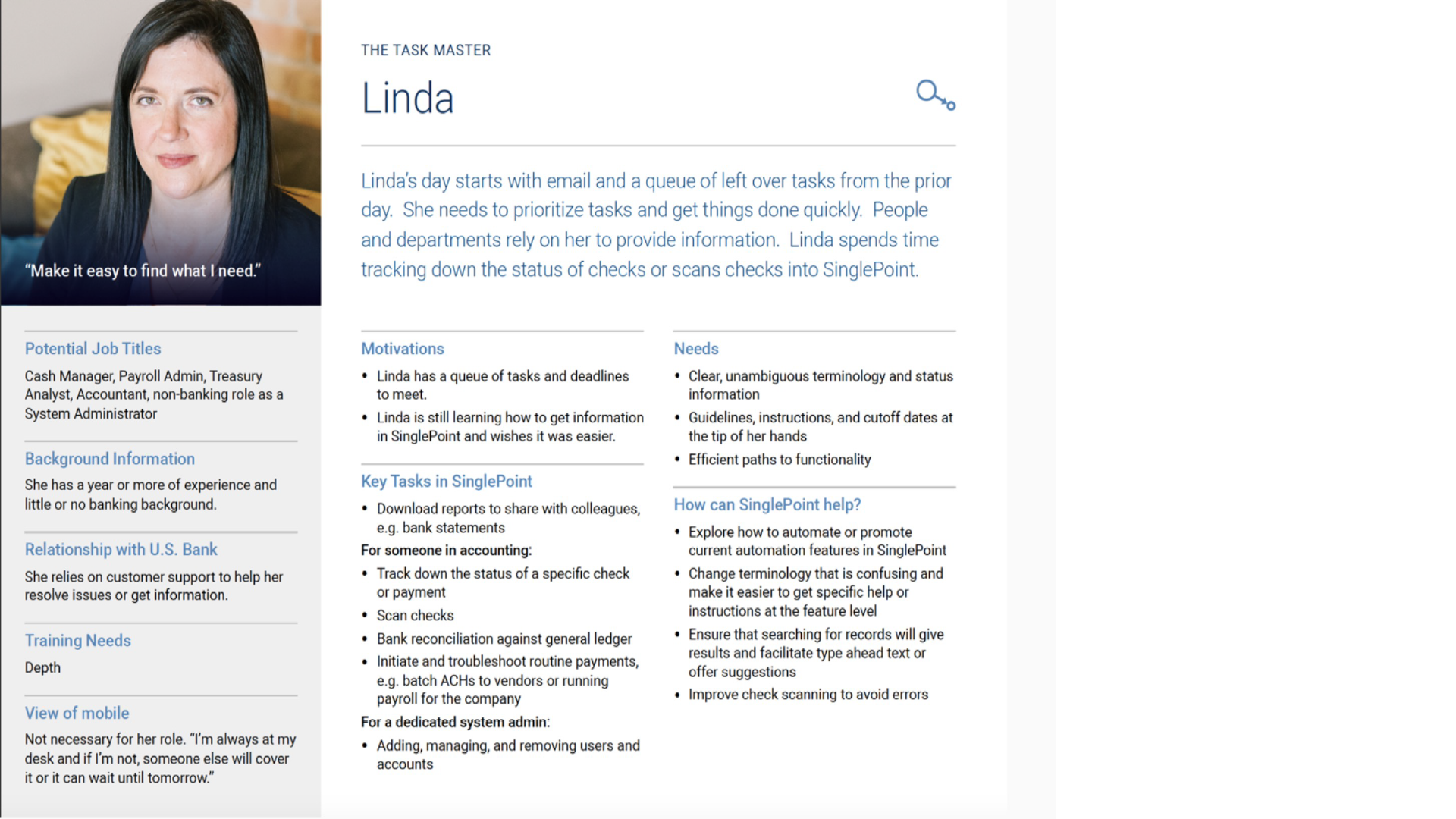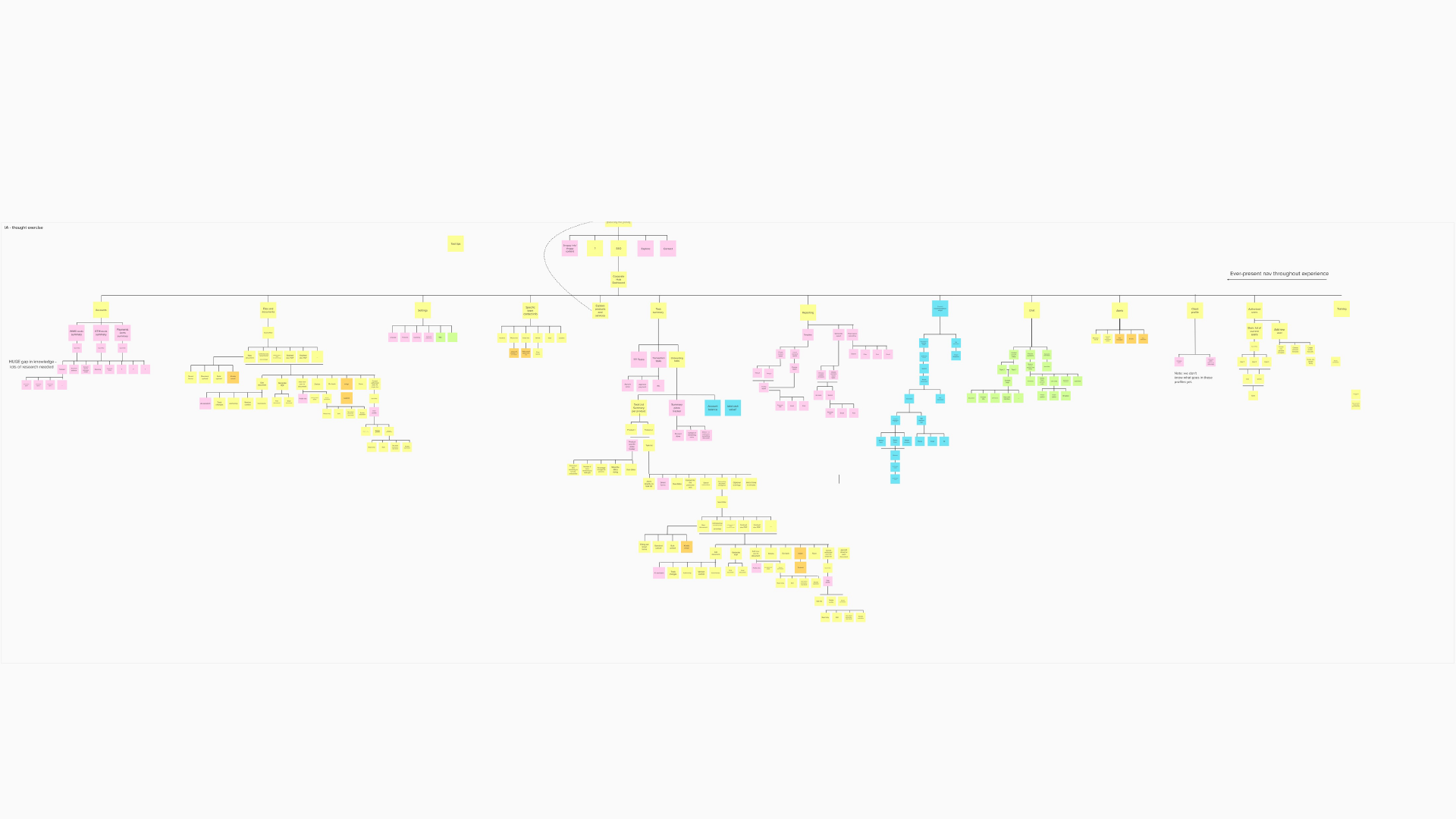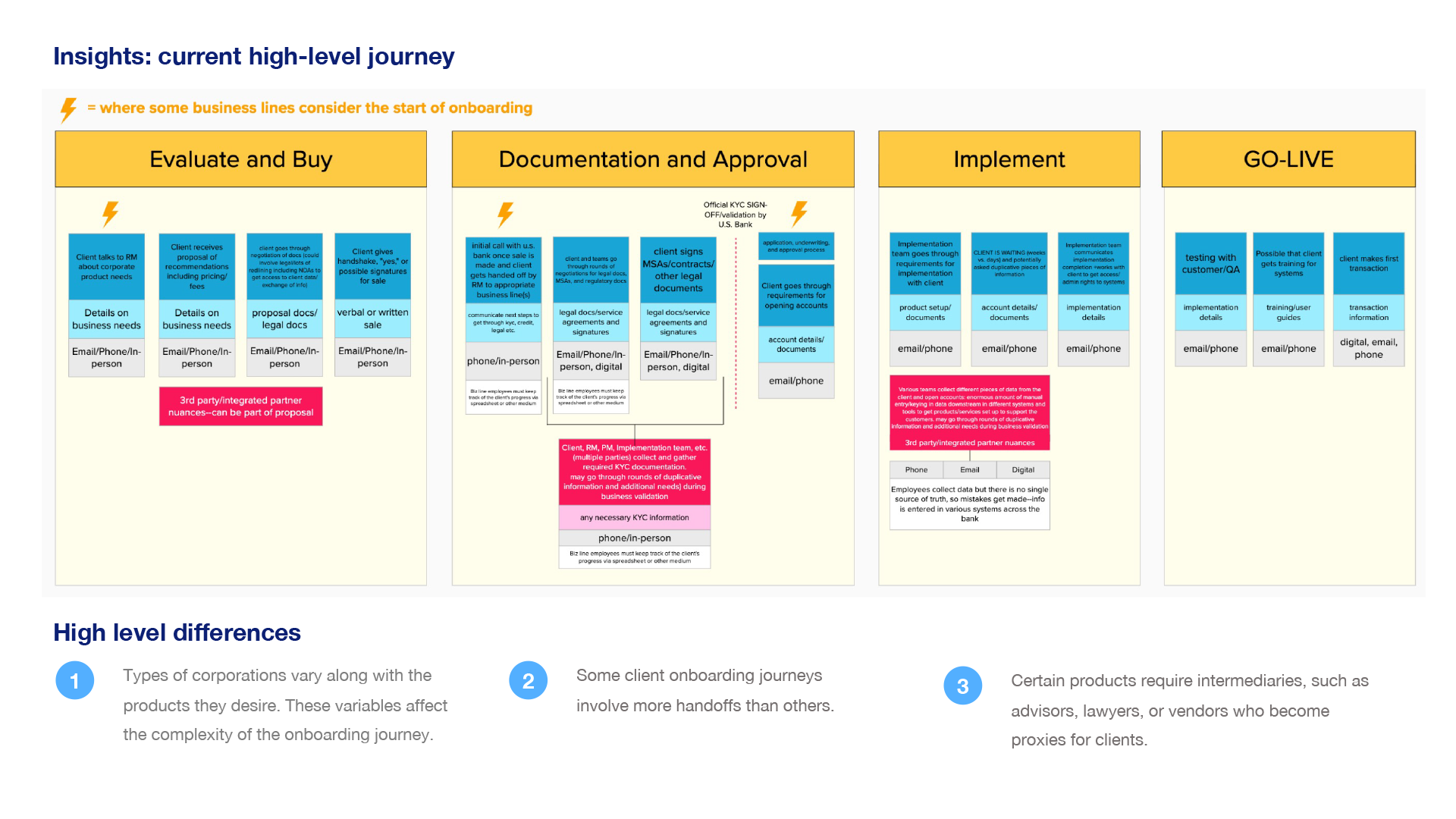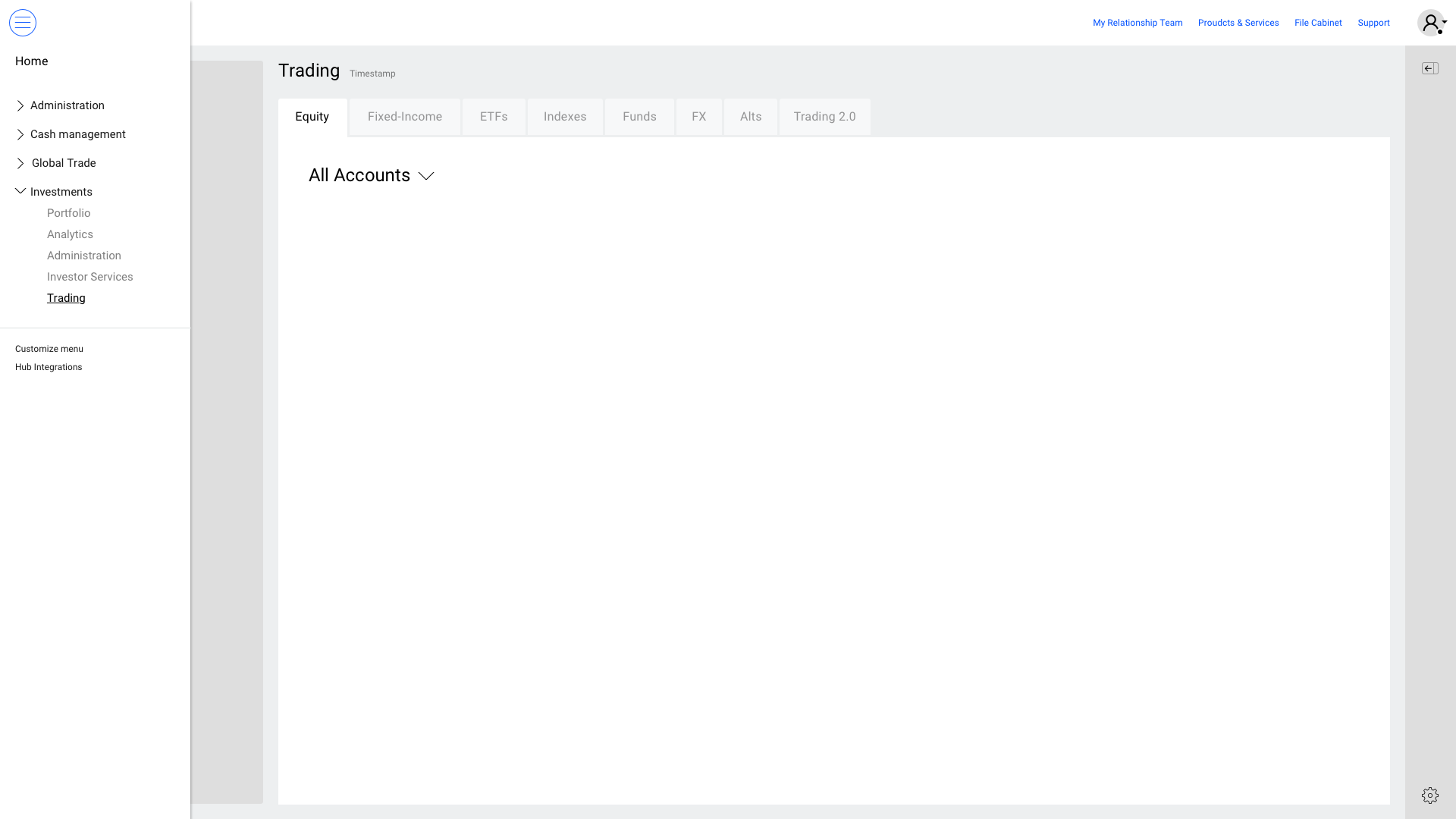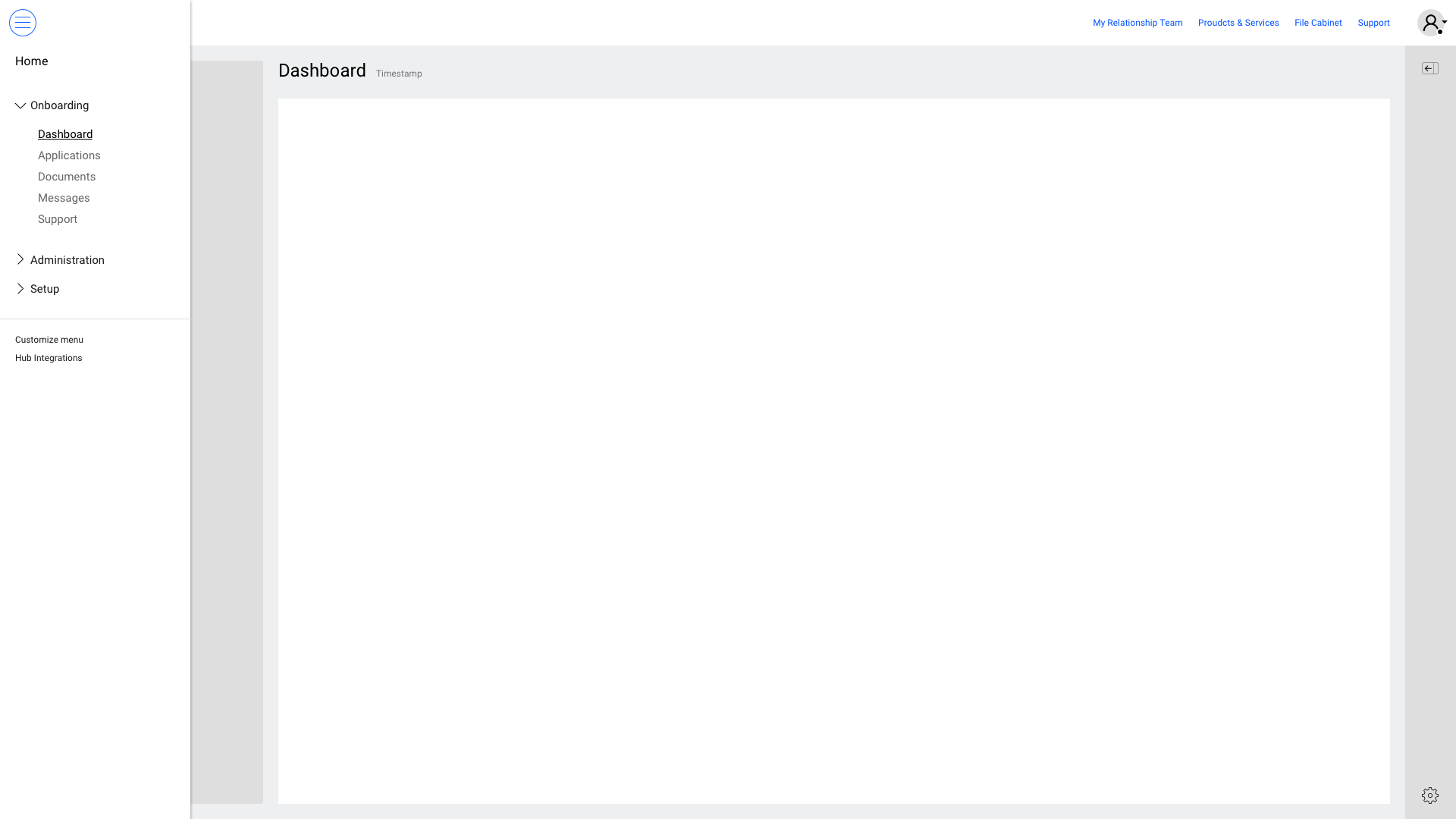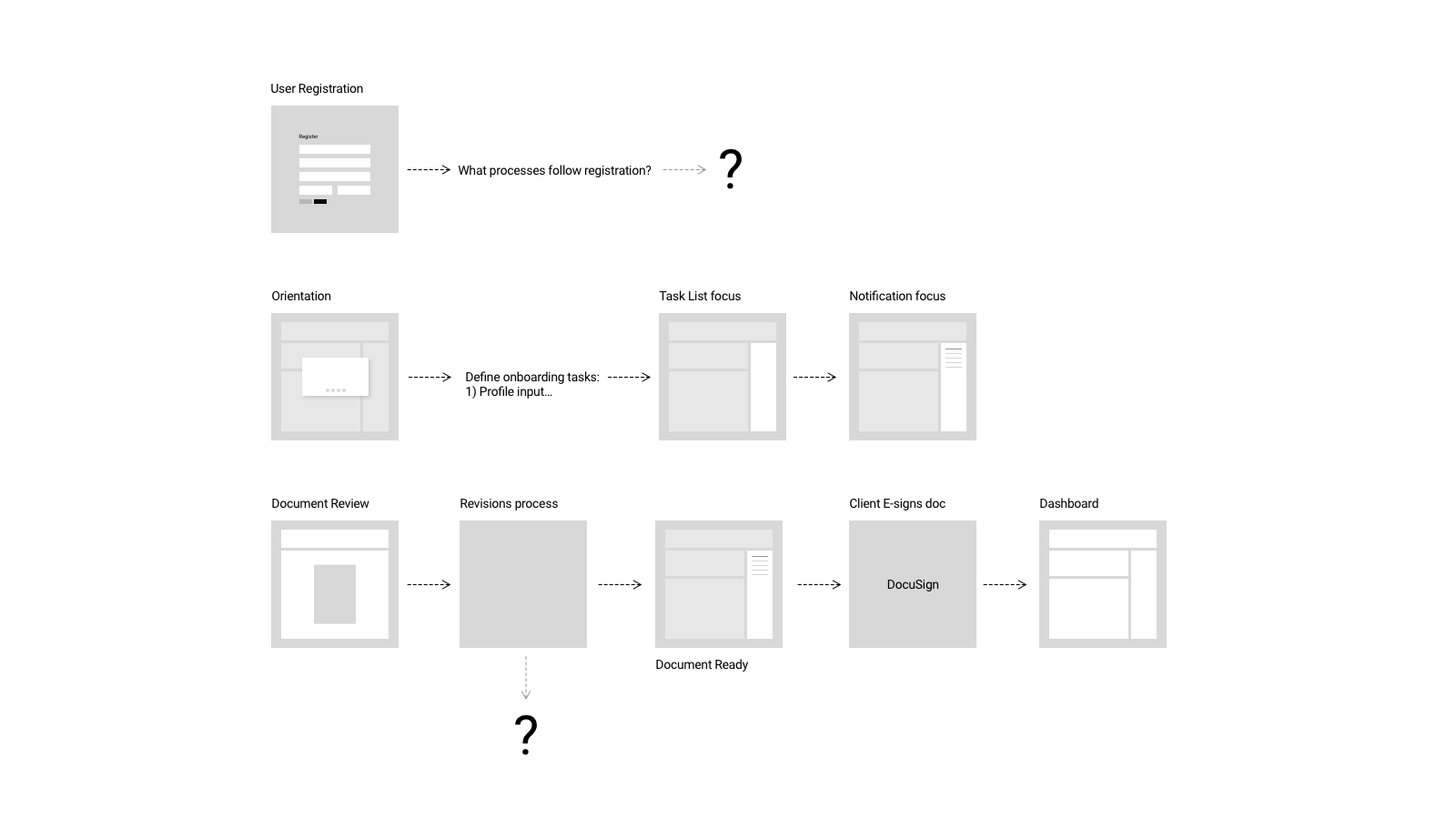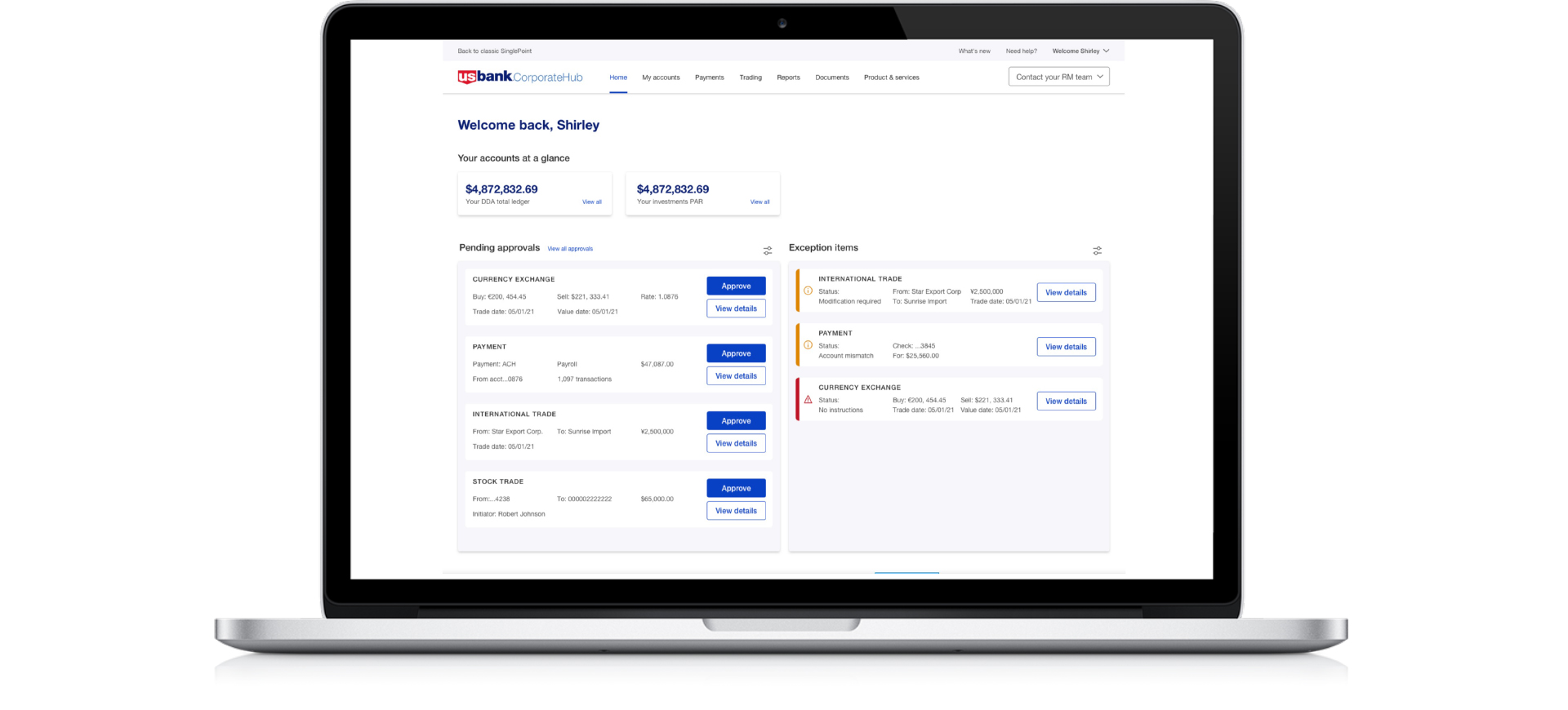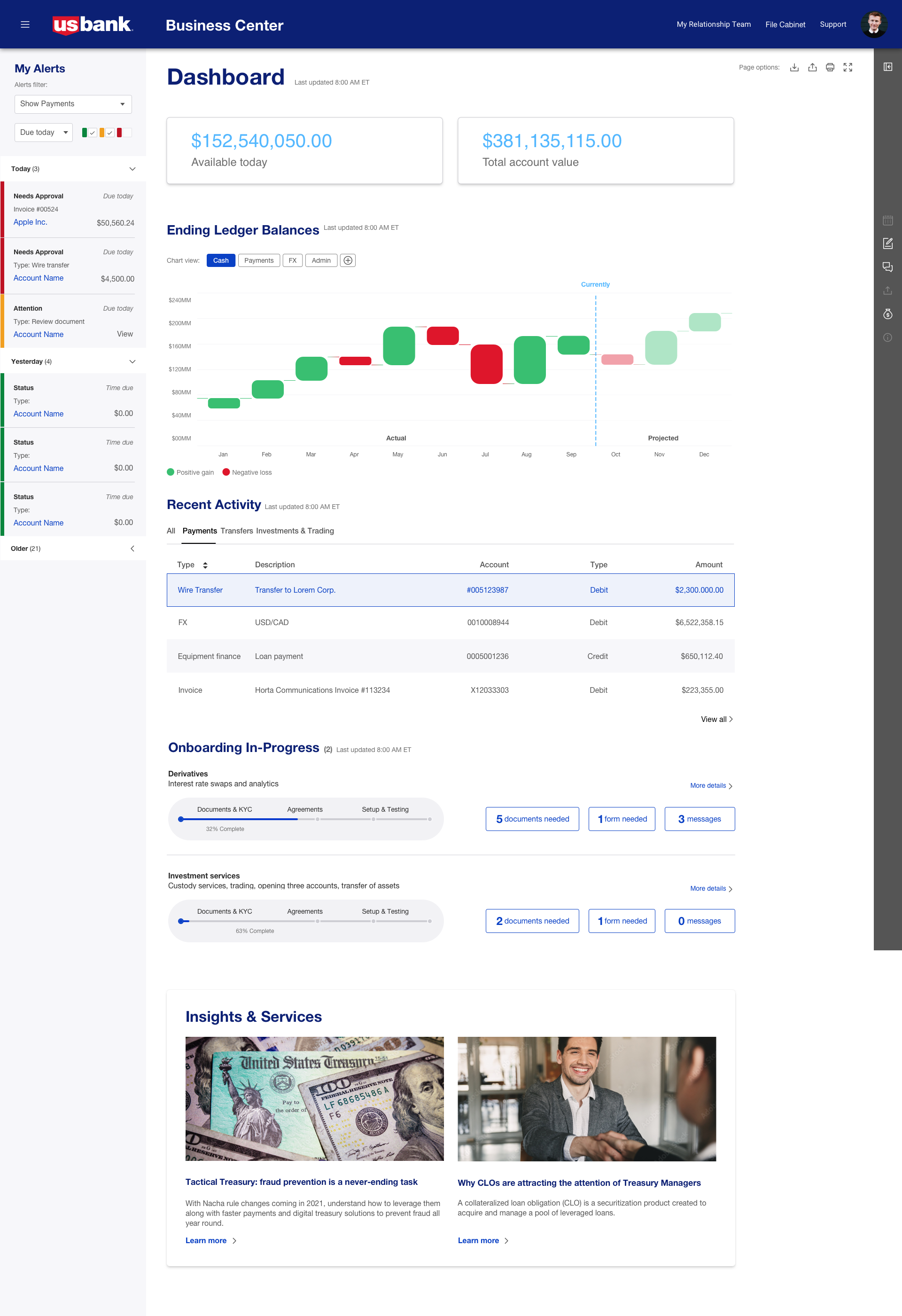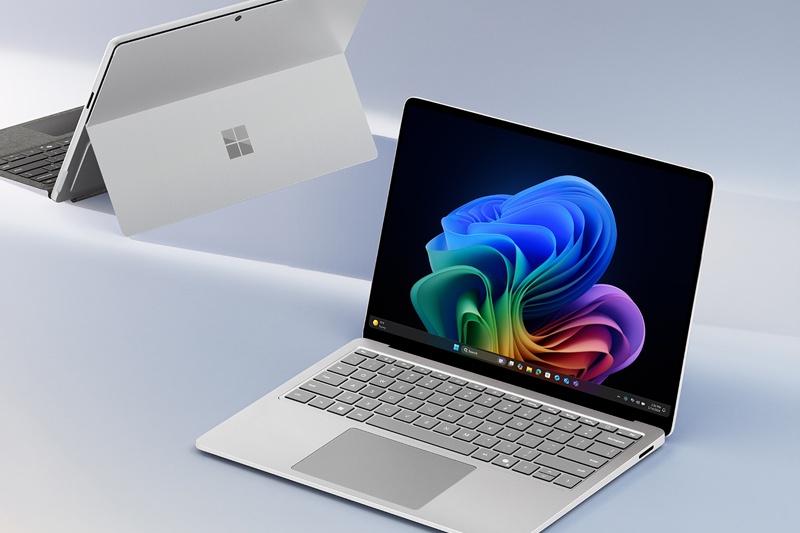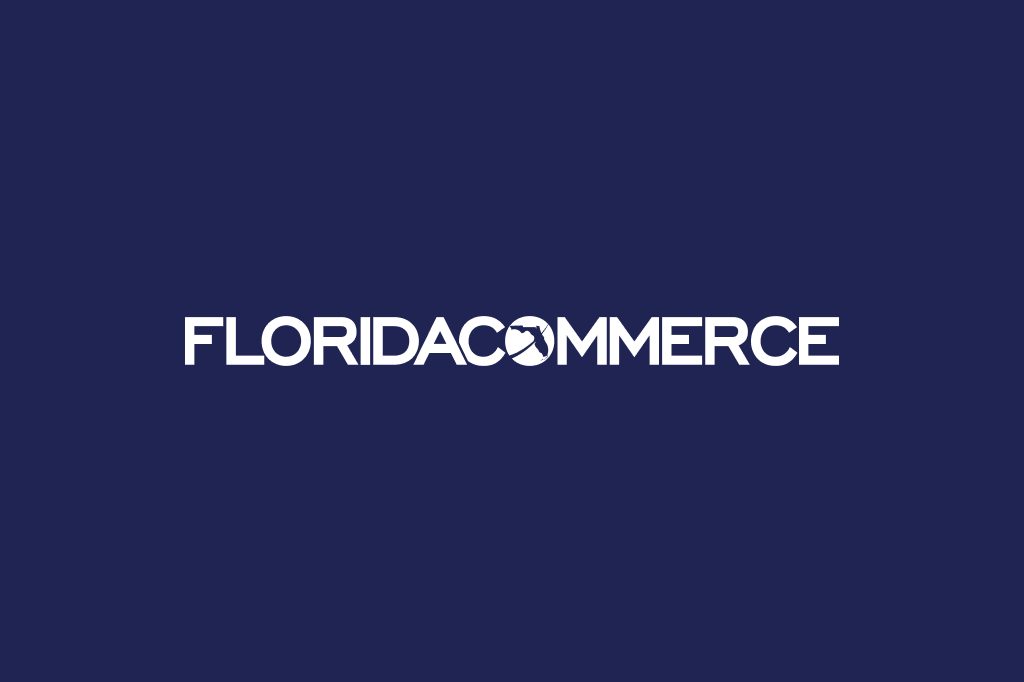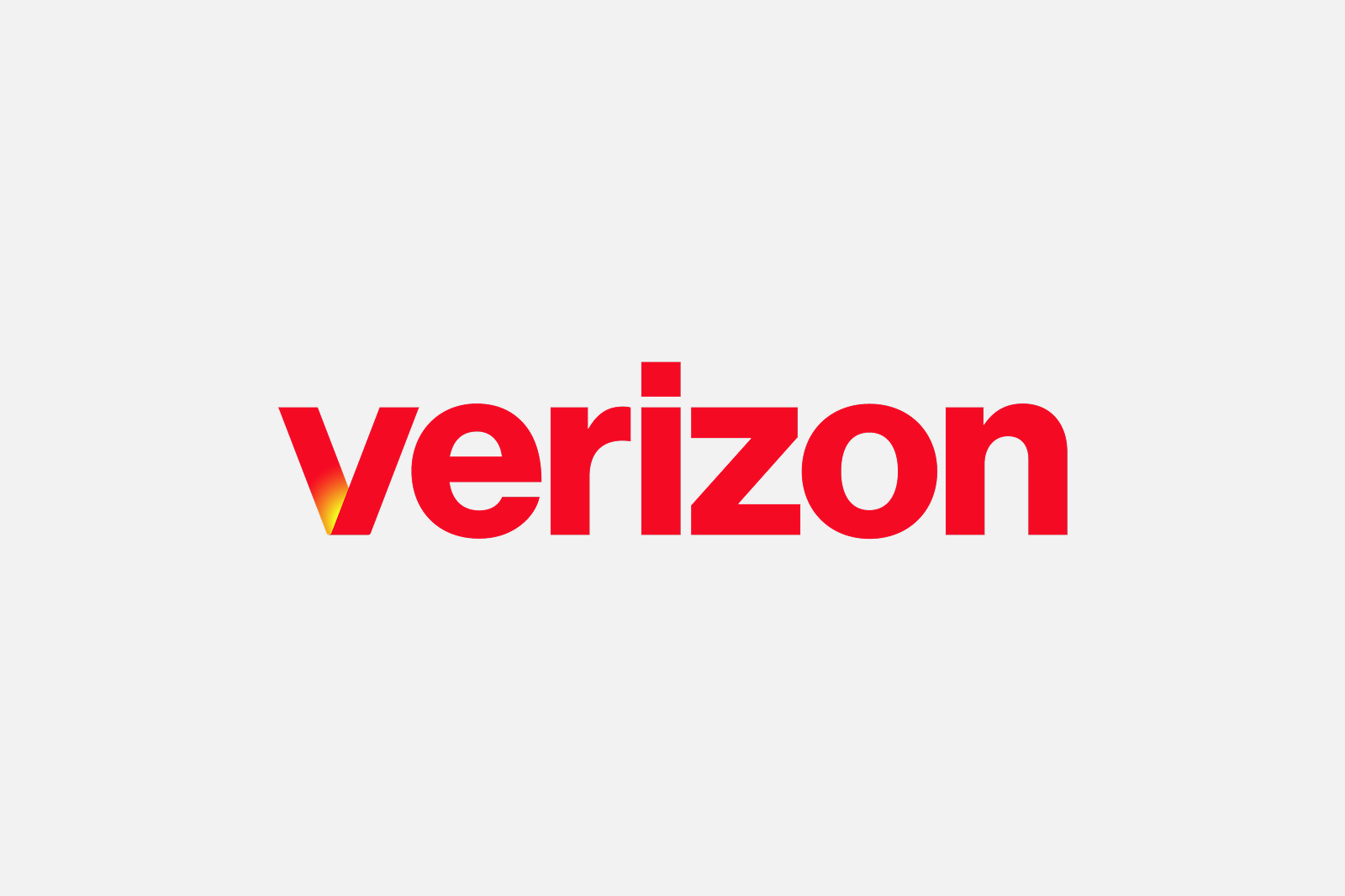US Bank Business Center Portal
In collaboration with US Bank, I led the design of a payments portal tailored for treasury management professionals—users responsible for managing high-value transactions, overseeing account activity, and maintaining financial stability across complex organizational structures.
Our challenge was to create a centralized platform—the Business Center portal—empowering users with a consolidated, real-time view of their most critical financial data. The portal was designed to streamline workflows by surfacing relevant alerts, account balances, ledger activity, payment statuses, and curated financial news—all within a single, cohesive experience.
Agency
Publicis Sapient
Client
US Bank
Project role
Senior user experience, interface, and visual designer
Year
2021
The Corporate Segment Vision
The Corporate Segment vision aims to deliver on our “One U.S. Bank” customer promise by using a design-led approach to create a seamless end-to-end client/user experience.
-
- Ensuring a connected experience from the front, middle, and back-end
- Contributing to enterprise adoption of reusable solutions.
This Corporate Segment Digital Ecosystem inextricably links all our strategic priorities together from TOS, the lines of business, and enterprise platforms, enabling clients/users to interact seamlessly. To deliver on our “One U.S. Bank” customer promise, we seek to connect the front, middle, and back-end segments and contribute to enterprise adoption of reusable solutions with a Corporate Online Portal and a common Onboarding Platform.
Goals and objectives:
- Offer US Bank clients a single way to access their relationships
- Provide internal teams with one central view of client information
- Design a single digital platform for all products and services, for all lines of business
- Dramatically reduce onboarding time
- Maximize self-service, refocus RMs on high priority relationship tasks
Crafting User Personas
User personas are fictional, yet research-based representations of a product’s key user groups. They serve as a cornerstone in user-centered design, helping teams align on who their users are, what they need, and how they behave. By grounding design decisions in real user data and motivations, personas ensure the end product is intuitive, useful, and relevant.
Three distinctive user personas were created to hone in on our target users for this new digital experience: The Policy Makers, Taskmasters, and Managing Liasons.
Research and Discovery Phase
Research and discovery are foundational phases in the UX design process. They involve gathering insights about users, their needs, behaviors, and the context in which they interact with a product or service. Without this critical groundwork, design decisions are based on assumptions rather than evidence—leading to ineffective or even harmful user experiences.
60+
Interviews
25+
Sessions
~15
Business lines
35+
Mural boards
Information Architecture
We conducted a thorough analysis of the existing information architecture to identify structural inefficiencies and navigation bottlenecks. This investigation enabled us to streamline user flows, accelerate time-to-product, and significantly enhance the efficiency of the onboarding experience within the US Bank Business Portal platform.
Identifying the ideal design solution
Through in-depth analysis and insight gathering, we identified key opportunities for platform improvement and innovation. These insights informed the definition of core attributes essential to delivering an optimal design solution for the Business Center platform.
Efficiency
- Simplify the process into a seamless experience for both the client and employee
- Maximize value in fewer touchpoints
- Account for variance in digital maturities
Continuity
- Create an avenue for business lines to operate as ONE company and treat the client as an ongoing partner
- Promote forward progress toward new opportunities by breaking barriers to entry and duplicative information
Visibility
- Allow for all parties in the process to know exactly where they are and what’s expected of them
- Be smart about showing only relevant information and anticipating needs
- Be able to track the relationship to provide more intelligent and valuable interactions in the future
Extensibility
- Combine and simplify common experiences where possible, while allowing for client and product-specific nuances to be acknowledged and handled
- Keep a human component involved to ensure the client feels heard and is not just a number
Wireframe
This represents a sample from the black-and-white, low-fidelity wireframe phase of the design process. It’s a critical step that should not be bypassed in favor of jumping straight into visual design. Wireframes allow us to rapidly explore and iterate on screen flows, identify essential features early, and facilitate meaningful discussions around technical constraints and development feasibility.
Wireflow
Gaining a deep understanding of the customer journey, screen flow, and user interface is essential for identifying the full scope of ancillary screens, system feedback, and notifications needed to bring the platform to life. This process ensures we can design a comprehensive and cohesive system that supports every user scenario with clarity and consistency.
User Interface Design
Our goal was not only to reduce cognitive load and improve task efficiency, but also to instill confidence in users navigating a fast-paced, high-stakes environment. By grounding our design decisions in user research and behavioral insights, we developed a platform that promotes clarity, control, and timely decision-making—empowering users to complete complex payment and receivables tasks with greater ease and accuracy.
